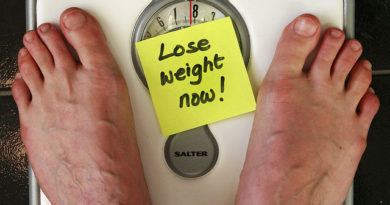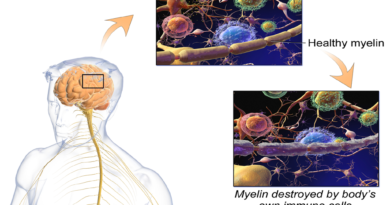Exercising To Help Relieve Pain: 6 Do’s And Don’ts
Chronic back and joint pain is a problem experienced by many. The back and joints are vital to just about all aspects of movement, and when you’re suffering from pain in these areas it can be difficult to perform any sort of task at all. For some very severe cases of chronic pain, a doctor may even prescribe a pain relief medication such as codeine or tramadol, to help relieve symptoms.
Although staying in bed or lying down might seem like the best remedy for back and joint pain, some experts have said that doing so can on occasion make these issues even worse. According to studies in sports medicine, those who regularly exercise and keep themselves flexible are more likely to be able to manage chronic pain if or when it occurs.
Experts say that it’s all about improving a person’s pain threshold – those who suffer from chronic pain and don’t exercise will often see theirs drop. But certain exercises and cardiovascular conditioning can help this pain threshold to improve. So, if you’re suffering from chronic pain, or want to set about preventing the onset with exercise, here are some basic do’s and don’ts for you to follow:
Do… seek prior guidance. Speak to your doctor, or your physical therapist if you have one. Identify the joints or areas you need to work on, and those you don’t want to aggravate. Once you have done so, they may be able to suggest some specific exercises to help you.
Don’t… jump straight into an intense programme. Not all exercise is the same. For instance, if you’re suffering from lower back pain, jumping right into an intense free weights programme may not be the right choice for you. Think about your body’s specific needs and set out your exercise plan beforehand, and build yourself up to those more taxing exercises gradually.
Do… try some simple stretches. These are vital for keeping the joints supple and ensuring you don’t pull any muscles while exercising. Some stretches which can alleviate back pain are: lying on a mat, lifting your knees up and placing the lower part of your legs on a chair or a footstool – so that you are in the sitting position but on your back; or lying on your back and bringing your knees up to your chest; or lying on your front on an exercise ball and letting your body mould itself to it.
Don’t… undertake too much high-impact exercise. Sports such as tennis and basketball, which involve a lot of running, jumping and landing, can put added pressure on the back and joints, and cause aggravation to those suffering with chronic pain.
Do… find a work-out which works for your body. For instance, if you’re trying out machines in the gym, don’t stick with one that causes your back or joint pain to intensify. Find an exercise programme which compliments you. For instance, if a treadmill exercise is causing you knee pain, try lowering the incline or slowing the speed to see if that helps.
Don’t… push yourself too hard. The last thing you need is to make your chronic pain worse, so know your limits, and when to stop and rest.
Before undertaking any exercise program to help with chronic pain, speak to your doctor to ensure it is suitable for you.




